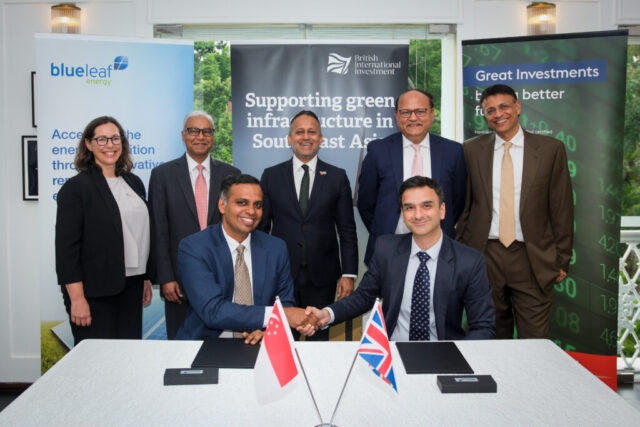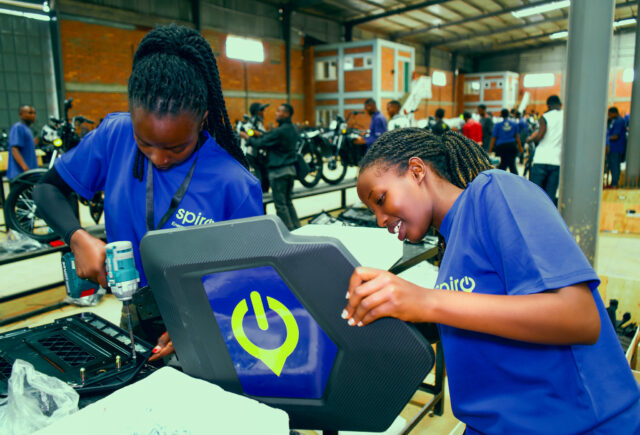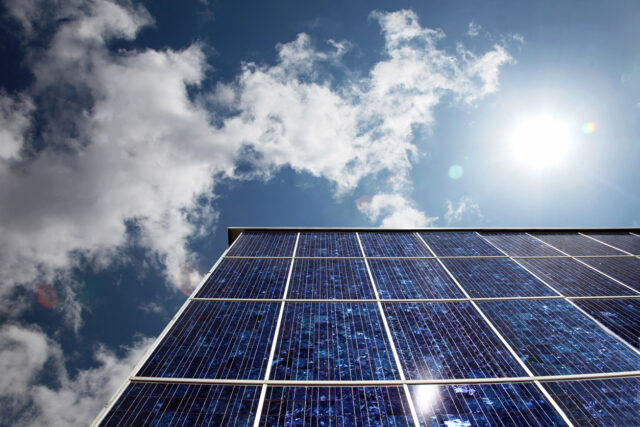The energy transition is picking up speed, but much still needs to change for us to reach the net-zero decarbonisation targets in the coming decades.

Innovation is certainly needed but perhaps it is not necessary to reinvent the wheel to solve the problem of sustainable energy storage.
That’s according to Professor Thomas Maschmeyer, founder and principal technology advisor of Gelion Technologies, a spin-off of the University of Sydney, Australia that develops advanced stationary and mobile battery technologies.
For the mobile storage market Gelion is designing the next generation of ultra-high-energy density batteries to power cars, trucks, drones and aircraft in order to be at the centre of the energy transition.
“Today’s lithium batteries will not be able to keep up with the energy and power demand. Upgrading lithium batteries with state-of-the-art nanostructured designer additives will dramatically boost performance accelerating the transition to a sustainable, electric future,” Maschmeyer told Impact Investor.
Global energy storage capacity is forecast to grow at a compound annual growth rate of 31%, recording 741 gigawatt-hours (GWh) of cumulative capacity by 2030, according to a report by natural resources consultancy Wood Mackenzie.
Decarbonising power sector
“The power sector should be the easiest to decarbonise because solar panels have come down in price by 95% in the last ten years and this is where we see the most activity, apart from electric vehicles,” Maschmeyer said.
“Having a carbon price of some sort would be helpful in achieving the targets and introducing tariffs around carbon intensity, as the EU is proposing, would level the playing field,” he said.
He expressed hope that the COP26 climate conference this autumn would further create the beginnings of a market-based framework that will stimulate investment in low-carbon technologies as the products generated with them cannot be simply undercut on price by high-emissions producers.
This, he said, would also avoid divisive dictates as to who should reduce emissions where and how.
Next generation battery
Maschmeyer, who described himself as a chemist rather than ‘a battery guy’, is a world leader in the chemistry of catalysis, or the acceleration of a chemical reaction by a catalyst. His discoveries have resulted in 23 patents and the foundation of four companies, according to the Gelion company website.
He developed the next generation stationary storage solution by re-engineering the zinc-bromide battery using a unique gel, which unlocks the chemistry’s full potential.
This new battery platform is not only safe to use, it is also affordable at scale. Its ability to operate in high temperatures without cooling allows it to reliably store and dispatch renewable energy when and where it is needed.
Investor interest
According to Boundless Impact Research & Analysis, the climate impact score for Gelion is 9.7 out of 10 and compares favourably to competitors, with a strong showing for Gelion supporting several United Nations Sustainable Development Goals.
“Gelion has developed a non-flow zinc-bromide (ZnBr2 ) battery for the stationary energy storage market which is affordable, safe, long-lasting, and recyclable,” Boundless Impact Research & Analysis said in an impact assessment report of the Australian battery innovator published in July.
“Its wide operating temperature range makes it suitable for harsh off-grid environments through to grid-connected commercial and industrial applications, large-scale solar and wind farms, and utility deployments,” Boundless said.
“Gelion batteries are abuse tolerant and can be repeatedly discharged to zero volts, or emptied completely, without harming performance, making them well-suited for use in harsh, remote off-grid environments and on-grid commercial and industrial sectors,” Maschmeyer said, explaining that other types of batteries used in stationary storage cannot be discharged to zero volts.
This feat has not gone unnoticed among investors. Gelion’s most-recent capital-raising round, which closed in August 2019, was massively oversubscribed from the target of AUS$10 million, ending at AUS$13mn with capital coming in from the UK and Australia.
“We were strongly supported by the Enterprise Investment Scheme in the UK as we had an EIS-approved investment vehicle through our partner Armstrong Energy. The Australian capital came from high-net-worth individuals and investors who mostly have businesses that could become customers such as in real estate, grazing and farming companies,” Maschmeyer said.
New fundraising round
Last year Gelion focused on improving technology and manufacturing design and now needs to fund its business plan for the coming years, with a projected EBITDA breakeven during 2024.
“We have a pretty aggressive business plan that is being rolled out to go to the market by end of 2022 with smaller deployments, followed in 2023 with deployments in the 1 to 10 megawatt hours range and then in 2024 scale up to really start to support wind and solar farms,” he said.
To help fuel these ambitions, Gelion recently kicked off a new fund-raising round, expected to close before the end of the year.
In this funding round Gelion will again attract EIS investment but is also looking to broaden its investor base to institutional investors and has already had interest from beyond Australia and UK, hoping to finish this latest round by the end of 2021.
Maschmeyer said he is considering all options for Gelion’s future as there have been larger companies showing an interest in buying a significant stake, others suggesting an IPO whereas some would prefer it to stay private, adding that the decision would be made in the best interest of the company.
Re-engineering the zinc bromide battery
Since last October, Gelion’s Endure batteries have been powering off-grid solar benches at the University of Sydney. This roll-out was the first commercial installation for the company.
“To power a low-carbon society, we need cheap, safe and ubiquitous batteries for a renewables revolution,” Maschmeyer said in a press release at the time. “Our batteries use zinc bromide, an abundant, cheap resource that can be used safely in a wide range of environments off-grid or to supplement grid power.”





